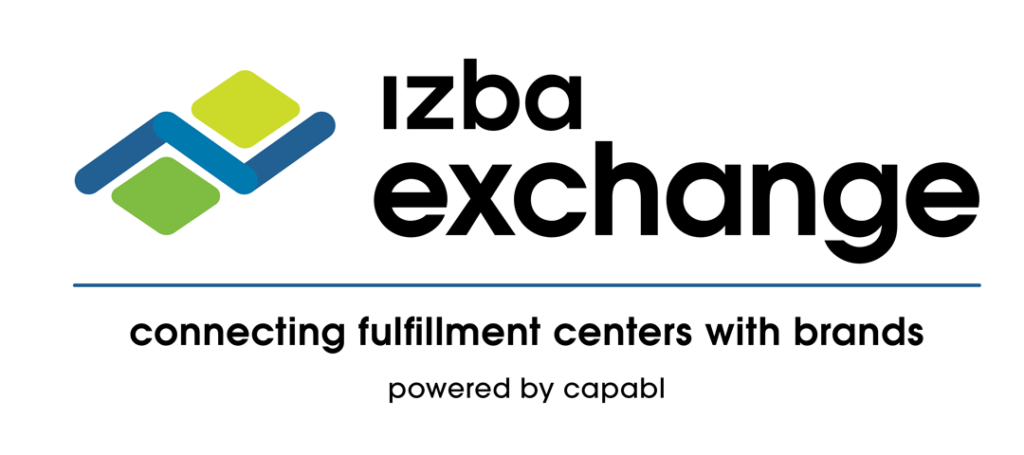Expanding your brand into Asia offers immense potential. The region is home to a rising middle class, a growing appetite for premium brands, and some of the fastest-growing eCommerce markets in the world. But it’s not a one-size-fits-all approach. Each country has its own infrastructure, consumer behavior, regulatory environment, and logistics capabilities.
Start small and focused. Choose one to two countries to test messaging, assess demand, and identify operational partners before scaling. Brands in wellness, beauty, baby, and personal care tend to perform especially well, but success depends on localizing your approach, respecting cultural nuances, and picking the right entry model.
From Singapore and Hong Kong to Japan and the UAE, each market has unique advantages. With the right partners and a smart strategy, Asia can become a major growth engine for your business.
Where Should You Start? Why Singapore is the Perfect Launchpad into Asia
For brands looking to enter Asia, Singapore stands out as the ideal starting point. Here’s why:
- English-speaking & business-friendly: Singapore offers a familiar environment for U.S. and European brands. It ranks among the top countries globally for ease of doing business.
- No import duties on most goods: Singapore allows for efficient, duty-free importing on many product categories, reducing cost and friction.
- Sophisticated middle class: Singaporean consumers have high purchasing power and are open to trying premium international brands.
- Strong logistics network: With access to top-tier 3PLs and regional carriers, Singapore is well connected to the rest of Southeast Asia.
Once you’re established, you can expand to neighboring countries like Malaysia, Indonesia, and Thailand—markets with growing eCommerce adoption and logistics infrastructure.
Singapore also serves as a great testing ground. Run regional campaigns, gather data on pricing, demand, and product positioning before expanding your footprint.
Cross-Border, Fulfillment Centers, or Marketplaces? 3 Proven Paths to Enter Asia
When entering Asia, brands generally follow one of three proven paths:
- Cross-Border DTC
- Ship directly to customers from your home market.
- Use partners like Passport or FlavorCloud to manage duties and taxes.
- Lower upfront investment, but longer shipping times and higher costs.
- Asian Fulfillment Centers
- Place inventory closer to customers.
- Lower shipping costs and faster delivery.
- Hong Kong, Singapore, and even Japan have great 3PL options.
- Can help reduce return rates and improve customer experience.
- Marketplaces & Distributors
- Sell through regional marketplaces like Lazada, Rakuten, or Amazon Asia.
- Or partner with in-market distributors or merchants of record.
- Helps you navigate regulations and gain retail or marketplace access more quickly.
Each path has tradeoffs. Start with your goals: Are you testing demand or scaling fast? Do you have regulatory support? How localized is your marketing?
Avoid These Common Mistakes When Expanding Into Asia
Asia is full of opportunity—but many brands stumble by making these avoidable missteps:
- Assuming U.S. strategies will work: What converts in the U.S. might flop in Asia. For example, refillable beauty formats are preferred in Japan; QR codes are essential in China; bundles work well in Singapore.
- Underestimating compliance needs: Each country has its own registration, labeling, and import rules. A local partner can save you costly surprises.
- Ignoring localization: Direct translations don’t resonate. You need culturally relevant copy, tone, and creative. Hiring a local copywriter is often worth it.
- Forgetting local payment methods: Many Asian consumers use platforms like Alipay, WeChat Pay, or local bank transfers—credit card adoption is not universal.
- Overcommitting too early: Don’t dump all your inventory into an unproven market. Test first, optimize, and scale gradually.
Do your research, build the right team, and adapt your approach country by country. The rewards are well worth the effort.




